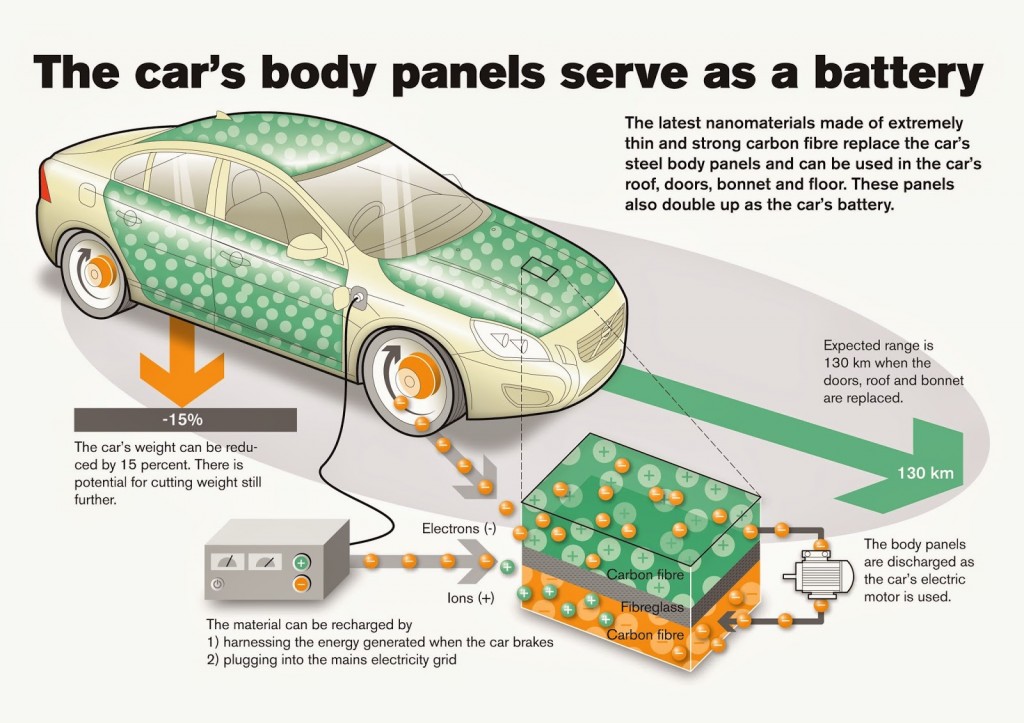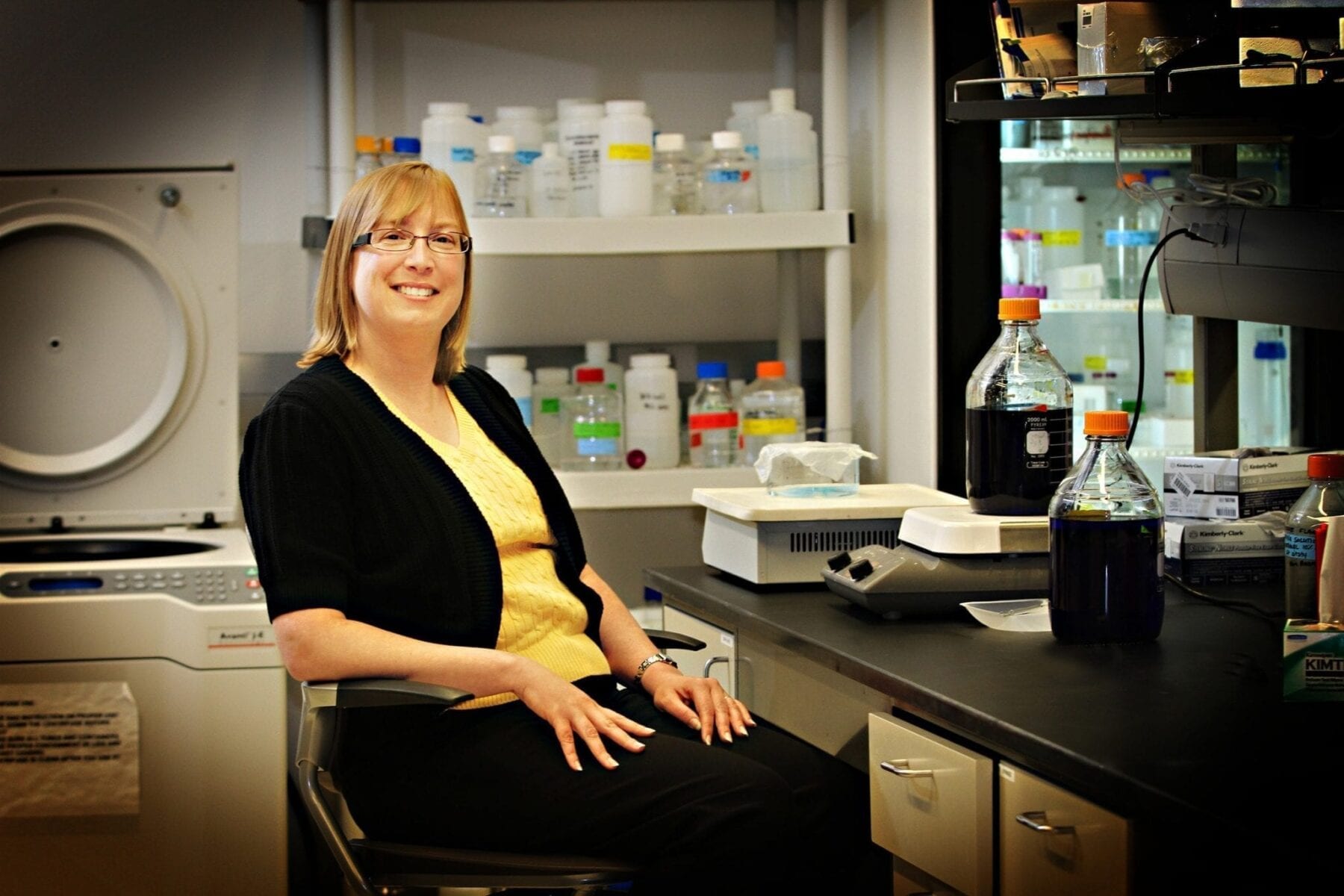
A car powered by its own body panels could soon be driving on our roads after a breakthrough in nanotechnology research by a QUT team.
Researchers have developed lightweight “supercapacitors” that can be combined with regular batteries to dramatically boost the power of an electric car.
The discovery was made by Postdoctoral Research Fellow Dr Jinzhang Liu, Professor Nunzio Motta and PhD researcher Marco Notarianni, from QUT’s Science and Engineering Faculty – Institute for Future Environments, and PhD researcher Francesca Mirri and Professor Matteo Pasquali, from Rice University in Houston, in the United States.
The supercapacitors – a “sandwich” of electrolyte between two all-carbon electrodes – were made into a thin and extremely strong film with a high power density.
The film could be embedded in a car’s body panels, roof, doors, bonnet and floor – storing enough energy to turbocharge an electric car’s battery in just a few minutes.
The findings, published in the Journal of Power Sources and the Nanotechnologyjournal, mean a car partly powered by its own body panels could be a reality within five years, Mr Notarianni said.
“Vehicles need an extra energy spurt for acceleration, and this is where supercapacitors come in. They hold a limited amount of charge, but they are able to deliver it very quickly, making them the perfect complement to mass-storage batteries,” he said.
“Supercapacitors offer a high power output in a short time, meaning a faster acceleration rate of the car and a charging time of just a few minutes, compared to several hours for a standard electric car battery.”
Dr Liu said currently the “energy density” of a supercapacitor is lower than a standard lithium ion (Li-Ion) battery, but its “high power density”, or ability to release power in a short time, is “far beyond” a conventional battery.
“Supercapacitors are presently combined with standard Li-Ion batteries to power electric cars, with a substantial weight reduction and increase in performance,” he said.
“In the future, it is hoped the supercapacitor will be developed to store more energy than a Li-Ion battery while retaining the ability to release its energy up to 10 times faster – meaning the car could be entirely powered by the supercapacitors in its body panels.
“After one full charge this car should be able to run up to 500km – similar to a petrol-powered car and more than double the current limit of an electric car.”
The Latest on: Panel-powered car
[google_news title=”” keyword=”Panel-powered car” num_posts=”10″ blurb_length=”0″ show_thumb=”left”]
via Google News
The Latest on: Panel-powered car
- Retrotechtacular: The Nuclear Cruise Ship Of The Future Earns Glowing Reviewson July 7, 2023 at 4:18 am
The average modern cruise ship takes about 250 tons or 80,000 gallons of fuel daily. But can you imagine a cruise ship capable of circling the globe fourteen times before it needed to top off?
- Tesla fuels an EV charging standards waron June 11, 2023 at 1:07 pm
As TC’s Rebecca Bellen reported, when Tesla announced last year it would share its EV charging connector design to encourage automakers to adopt the technology and help make it the new standard ...
- How to add or remove Sidebar Search Panel in Microsoft Edgeon March 27, 2022 at 2:21 pm
As the sidebar search box is a fully-featured panel powered by Bing, you will get the same result as it displays while searching in a dedicated tab. If you do not use this feature, or somehow it ...
- A Modern Day PDP-11 Front Endon April 26, 2017 at 10:13 pm
There was this minimalist PDP-11 implementation using one of the later integrated PDP-11 processors, and we’ve seen a faithful reproduction of an earlier PDP-11 front panel powered by a ...
via Bing News











